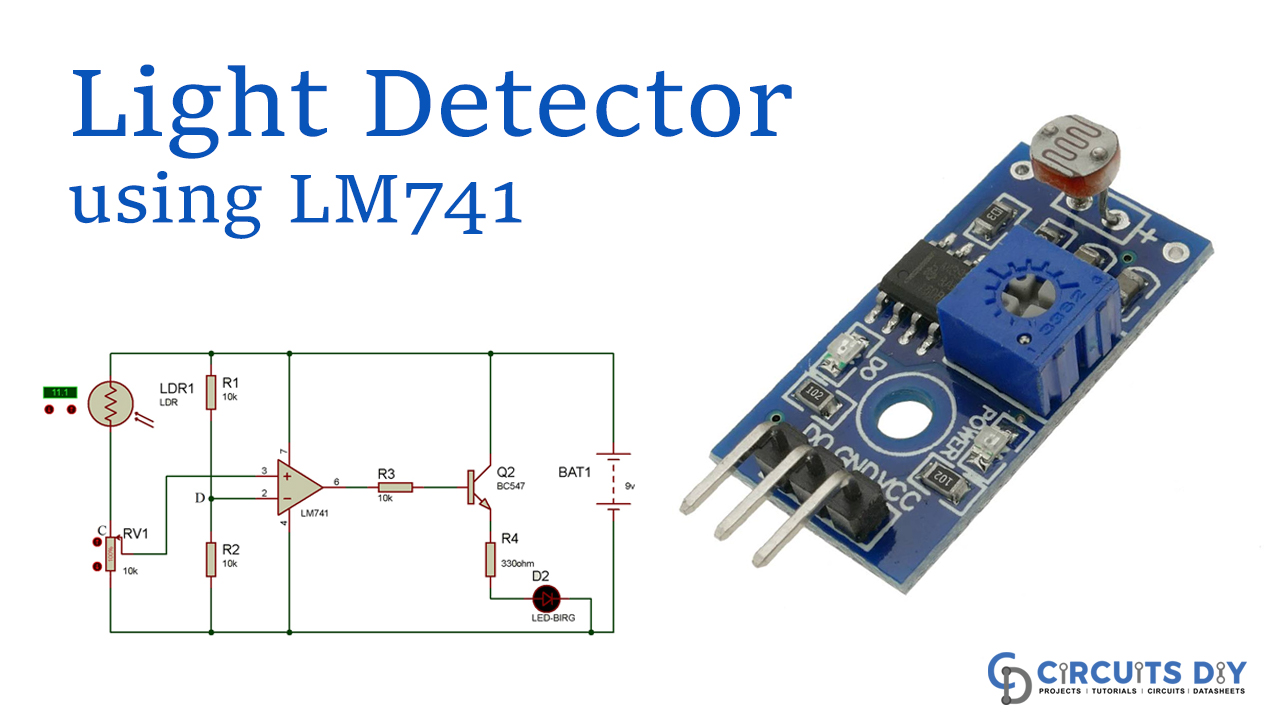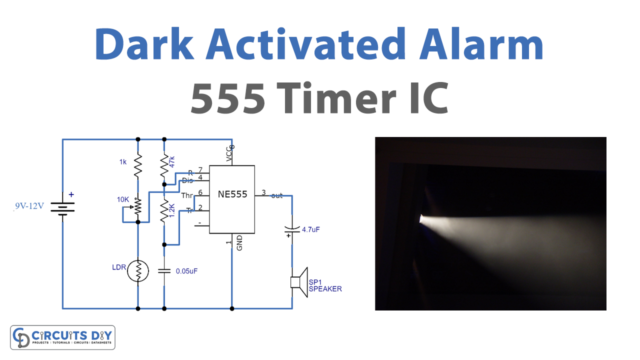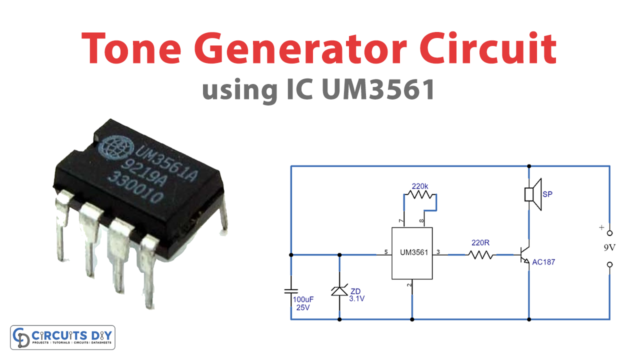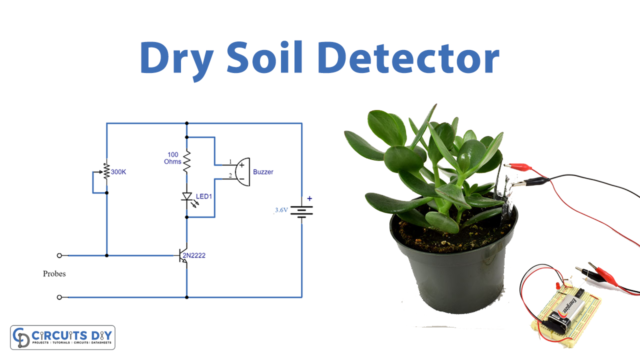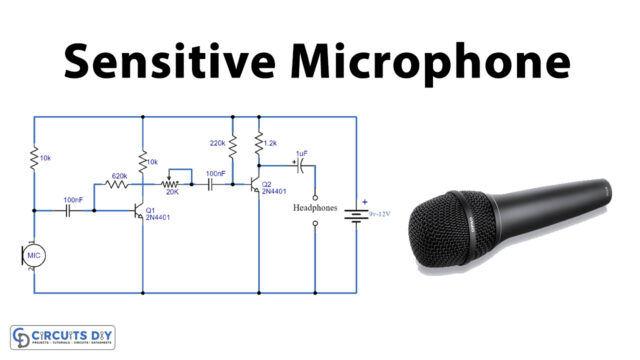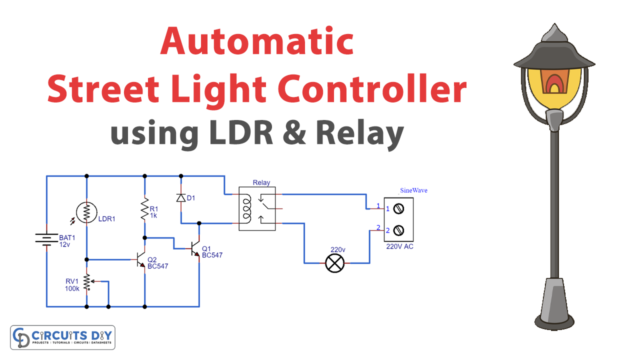In this tutorial, on Wheatstone bridge’s principle, we construct a light detector circuit. We believe that “Eyes feel what the mind sees.” Just like LDR, if the source of light in the sensor field is already there. One may turn OFF each light electronically, and quite often, people seem completely irresponsible which can cause electricity inefficiency.
To solve this problem, we will show you how to construct the circuit for light sensing (which works to help carefully sensor light), and how the AC Home appliances will work depending on the light sensory experience. Even when we built a light tracker circuit traditionally, we use the idea of Wheatstone Bridge to run the LDR.
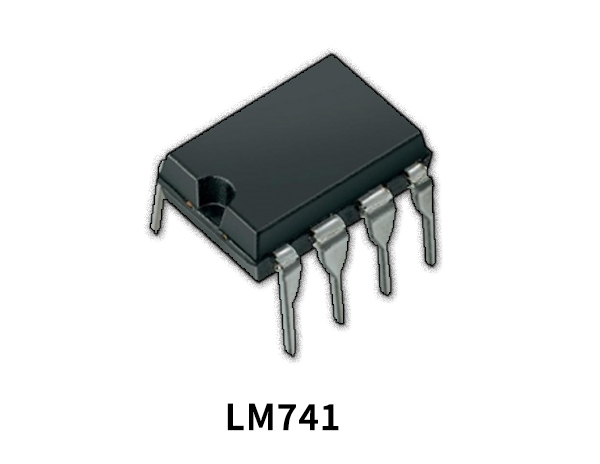
Hardware Component
The following components are required to make Light Detector Circuit
| S.no | Component | Value | Qty |
|---|---|---|---|
| 1. | Op-amp IC | LM741 | 1 |
| 2. | Led | – | 1 |
| 3. | Potentiometer | 10k | 1 |
| 4. | Transistor | BC547 | 1 |
| 5. | LDR | – | 1 |
| 6. | Resistor | 10k, 330ohm | 1, 1 |
| 7. | Battery | 9v | 1 |
LM741 Pinout

For a detailed description of pinout, dimension features, and specifications download the datasheet of LM741
Light Detector Circuit

Circuit Operation
As far as we know in the Wheatstone bridge, The R1 and R2 resistance ratios are similar to the R3 and R4 resistance ratio, where R4 is an Uncertain Resistance, R1 and R2 are known Resistors, and R3 is the Potentiometer when the difference in voltage decreases to zero between point C and D.
The Wheatstone Bridge comprises one LDR and potentiometer on the first side and two known resistors of 10k ohm on the other side. The Wheatstone Bridge is shown in our schematic. Also, as light is incident on the LDR, it reduces resistance and tends to increase the voltage from C as contrasted to D.
Op-amp IC LM741 would further evaluate the voltage of C along with D if the voltage of C is considerably higher than D so that this op-amp would give high performance. If D has more voltage instead, the op-amp will generate lower output. The high efficiency of the op-amp transforms the transformer on, and the Led starts to glisten (i.e., illumination), and the low op-amp is low, and the transformer gets stuck unaffected (i.e., it’s black).
Applications and Uses
- Street Light Automatic
- Sensor place
- Meters of the strength of light
- Circuits of spinning warning
- Used along with an LED barrier detector
- Automatic lighting for bedroom

